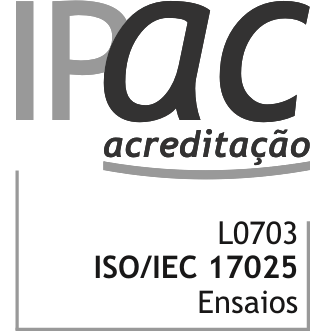Determination of inclusion content
What is it?
Non-metallic inclusions are particles with different chemical compositions, such as oxides, sulphates, nitrates and silicates, which usually arise during the production process of the steel when it is still in the liquid state and may originate in the following situations :
- Substances that are dissolved by chemical reactions in the liquid steel and cause change of solubility of the alloying elements;
- Substances originating from heat treatments;
- Remaining impurities that are not removed during the melting process (eg raw materials not consumed and melted slag)
What is it used for?
The study of metallography, in this case inclusions, allows to observe the internal microstructure of steels, which may be related to their mechanical and chemical properties. In general, non-metallic inclusions reduce mechanical strength and the ability to obtain properly finished surfaces, and make steels more susceptible to corrosion.
Equipment and working conditions
The equipment used to perform the evaluation of the average grain size are:
- Sample preparation systems by cutting and polishing.
- Nikon optical microscope, Optiphot model with 50X, 100X, 200X, 400X and 1000X magnification;
- ZEISS optical microscope, Imager.Z2m model with 50X, 100X, 200X, 500X and 1000X magnification.
Example of use
- Analysis of surfaces that are intended to obtain great quality of polishing and consequently brightness (molds)
- Determination of cause of rupture of mechanical components






